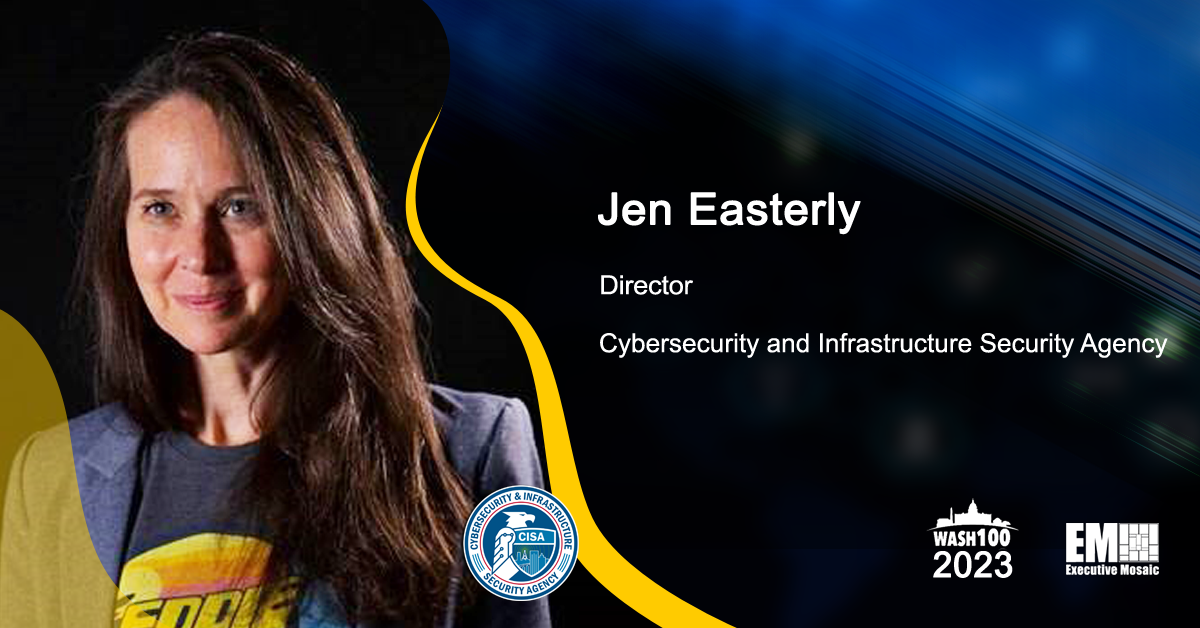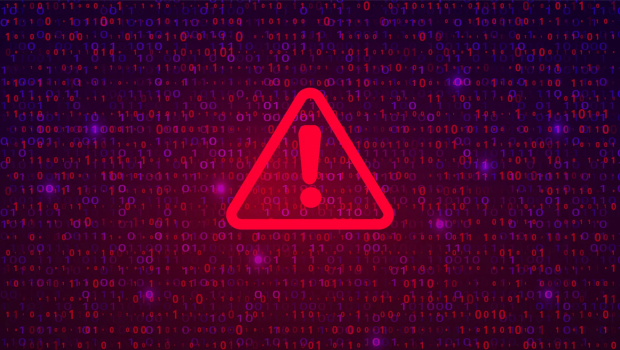How Christina Cacioppo Built Startup Vanta Into A $1.6 Billion Unicorn To Automate Complicated Security Compliance Issues
Christina Cacioppo, 36, is the CEO and cofounder of security and compliance company Vanta.
Courtesy Christina Cacioppo
The Stanford graduate built a fast-growing software company to automate what had previously been a manual process. She’s now one of America’s richest self-made women.
About five years ago, Vanta CEO and cofounder Christina Cacioppo received a message from one of the customers of her nascent security and compliance automation company that something was wrong. The automated email the customer received each morning detailing what had happened in their Vanta account in the past 24 hours had the wrong company name in it. Cacioppo responded: “There’s a bug, we’re so sorry. We’ll fix it.”
What the customer didn’t realize was that the “automated” email was actually one that Cacioppo had sent early that morning. Cacioppo, who had founded Vanta just months earlier, set her alarm each day for 5:45 a.m. and crafted the emails by hand. She did this to make sure customers liked the emails before spending time writing code that would automate them. Once she knew what customers wanted, she and Vanta’s founding team sat down and wrote the code—and didn’t need to change it for a year and a half.
It’s just one example of the Ohio native’s scrappy approach—which also included everything from buying coffee in bulk from Costco to running Vanta without formal executive or staff meetings for its first two years. That hustle has helped her company land an estimated 5,000 customers including Quora, Autodesk and payments software firm Modern Treasury, with 600 new customers signing up each quarter, according to Vanta. Cacioppo has also helped score $203 million in funding to date from such venture capital firms as Craft Ventures and Sequoia, including $110 million raised in June 2022 that values the company at $1.6 billion. That’s enough to earn Cacioppo, 36, a spot on Forbes’ list of America’s Richest Self-Made Women with a $385 million fortune based on her stake in Vanta.
“Prior to Vanta, the way security and compliance was done was entirely with spreadsheets and screenshots of information that were collected in folders and shown to [certified…




